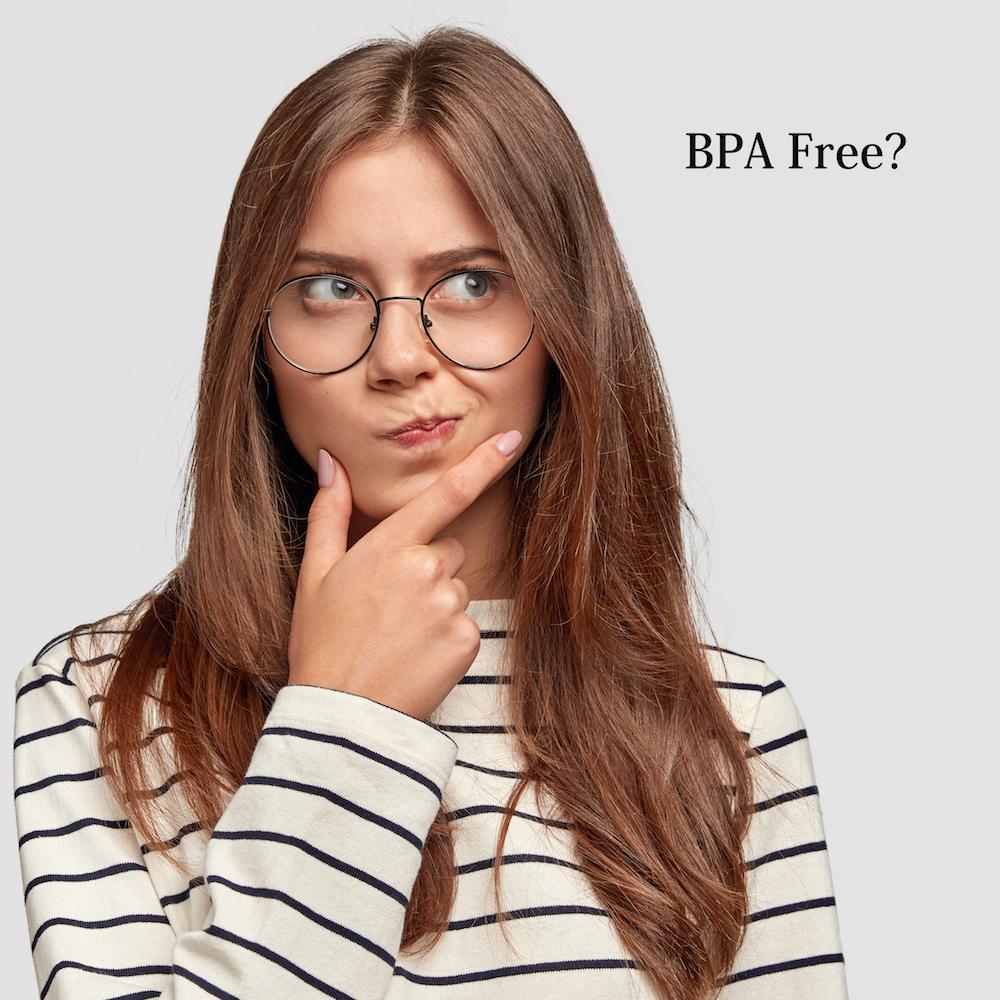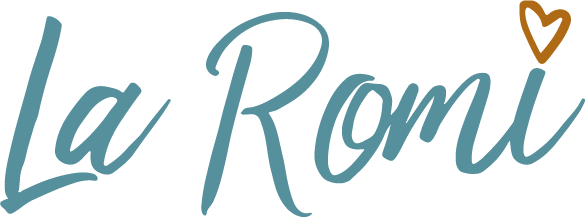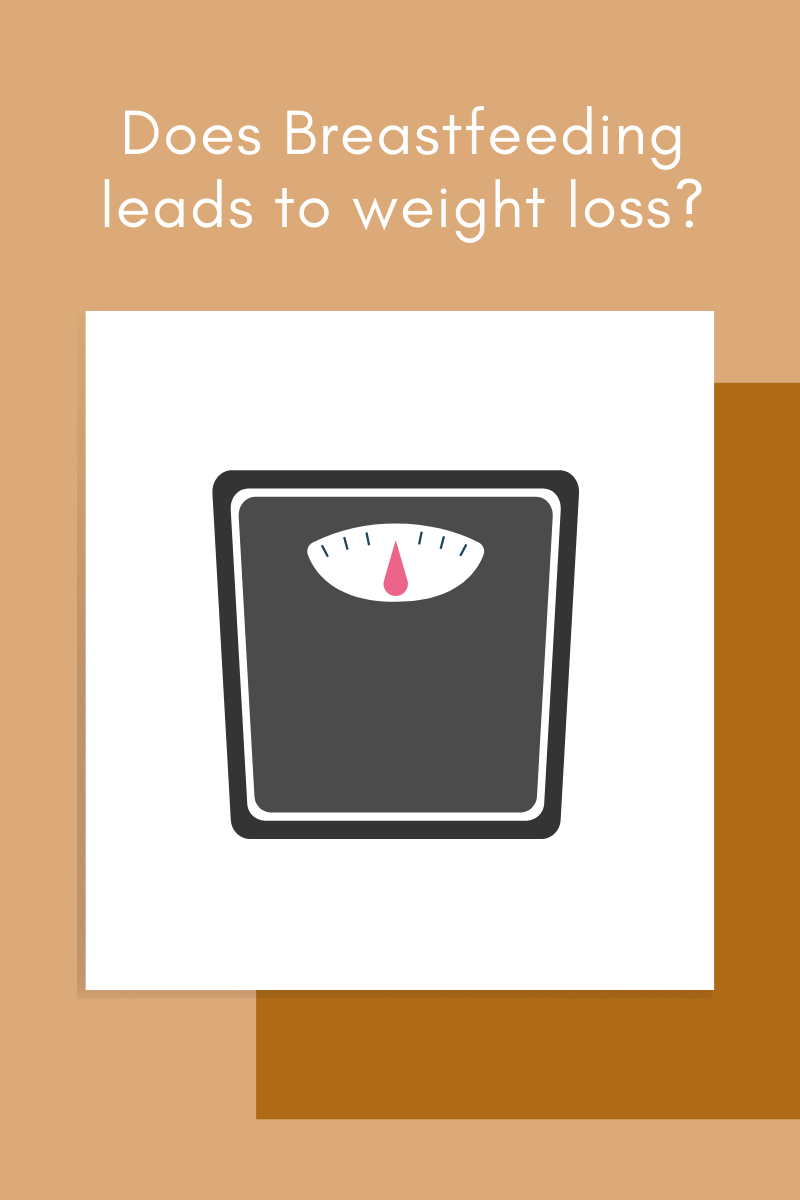
Whats All This BPA Talk About?
Many products now state they are BPA free. Having not heard of BPA I didn't really have context about why items should be BPA Free.
I've sign posted several articles covering a range of topics around BPA for further reading.
What Is BPA?
Bisphenol A, or BPA, is a common building block in resins and some types of plastic. It's what's known as an endocrine disrupting compound. In the body, these chemicals can act like hormones or disrupt normal hormone functions.
The first resin base for shiny, hard plastic like plastic bottles or microwave dinners.
But as people drank from their water bottles and ate their microwaved dinners, they were unknowingly dosing themselves with small amounts of BPA that leached from the plastic containers into their food and drink.
Why BPA Free?
BPA stands for Bisphenol-A, an estrogen-imitating chemical used to produce reusable plastic products, such as baby bottles, toddler sippy cups and plastics you might use for storing leftover food. These types of chemicals have reportedly had health effects on humans, specifically in the fetal and infant states.
So using alternative methods especially baby bottles or dummies is important though a main alternative is BPS now which is still under review.
Is BPA Free Safe?
"For decades, scientists have studied BPA extensively in animal models with results indicating the chemical plays a role in early pregnancy loss, placental diseases and various negative health outcomes after birth. As these adverse health effects have become more widely known, companies have turned to using alternative chemicals to develop plastic products -- namely water bottles and food containers -- and often labeling them "BPA-free." However, MU scientist Cheryl Rosenfeld warns these chemical alternatives, such as bisphenol S (BPS), still aren't safe for people to use." - Read The Rest At Science Daily
BPABCDEFGHIJK.... BPA Alternatives
Since BPA-free became trendy, manufacturers went on a plastic-developing spree, creating more variations than scientists can keep track of: BPS, BPF, BPAF, BPZ, BPP, BHPF, and the list goes on. They all have “BP” in their names because they share the same basic chemical structure of a bisphenol. Each new version has only slight differences, as if swapping a blue Lego block for a red one. - Read more in this national geographic article about BPA
So What Now?
Well for us this kind of made my question why I should keep giving Emma plastic bottles what could be made of any of this BPA/S?F?DE?... and all its alternatives.
So now we have started selling glass feeding bottles and moved Emma on to them as well. We are also selling off any plastic bottles that we stock and focusing purely on glass bottles only.
What About Silicone?
Plastic, Wood and Silicone are the most popular materials when it comes to babies and kids for applications that are meant for their little mouths, like teethers or teats for example.
So does food grade silicone come with this same issue?
Benefits of food grade silicone:
- Highly resistant to damage and degradation from extreme temperatures
- Doesn’t harden, crack, peel, crumble, dry out, rot or become brittle over time
- Lightweight, saves space, easy to transport
- Made from an abundant natural resource
- Non-toxic and odorless – contains no BPA, latex, lead, or phthalates
- May be 100% recycled at select locations (like our recycling scheme) and is considered non-hazardous waste



Leave a comment
This site is protected by hCaptcha and the hCaptcha Privacy Policy and Terms of Service apply.